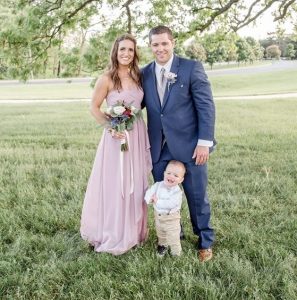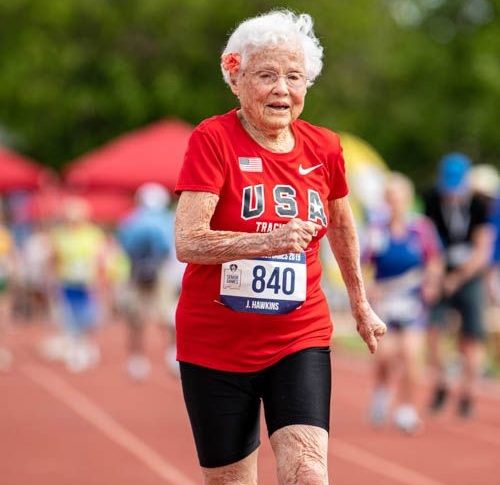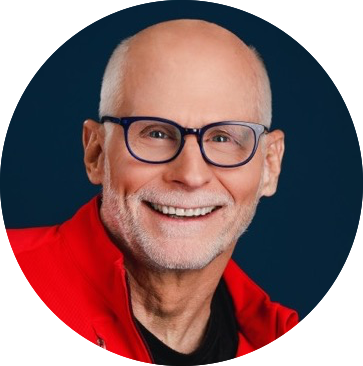Anyone who’s had contact with the Functional Aging Institute has probably come across executive assistant Celia Shaughnessy. At the recent Functional Aging Summit, she was a wonder of unflappable enthusiasm, professionalism and get-it-down awesomeness.
We thought it was time you get to know Celia, so here’s a look at the woman who does so much every day to help us all do what we do.
Born: June 14, 1990, Lansing, Illinois.
Education: Bachelor of Science – Health and Fitness, Purdue University, 2012
With FAI Since: 2015. Formerly a personal trainer.
Currently lives in: Lowell, Indiana
Family: I met my hubby, Griffin, in seventh grade. I had a huge crush on him. I was the new girl that didn’t fit in, and he had no interest in me. Fast-forward to 2012. We went on our first date when I was a senior in college, and the rest was history. We have one child, Gavin Bernard, born on April 7, 2018.

Current fitness approach: I still workout five or six days a week. I am a member at my local YMCA. I enjoy their spin classes and HIIT Crush class, which has helped balance my fitness routine. I heard this quote once: “Kids are not excuses; they are sponges. Lead by example.” And I hope to live up to that for Gavin.
Off-duty fun: When I am not working I soak up all the time I can with my family and friends. We love spending time outdoors.
In college, I developed a passion for running. I try to get in on most of the 5k races in the area. I have run a handful of half-marathons, and in 2014, I ran my first and only full marathon, finishing in 4:25. Secretly, I would love to run another one before my 30th birthday next year. We’ll see.
Latest TV binge or favorite movie: I am a reality TV junky. I still love watching “The Bachelor” and “The Bachelorette.” Right now it’s baseball season. So the Chicago Cubs will always be on! While on the cardio machines at the gym, I’m watching Netflix: “Grey’s Anatomy,” “Riverdale,” “Ozark”… the list can go on and on.
Cardio music of choice: ’90s country music!
Favorite fitness celebrity: All of my clients used to refer to me a Jillian Michaels — but a much nicer version, of course!
What you love about where you live: I am only 45 minutes from downtown Chicago and 45 minutes from Lake Michigan. So I can change my scenery to pretty much anything really quickly.
Vacation dream spot: New Zealand and Ireland.









